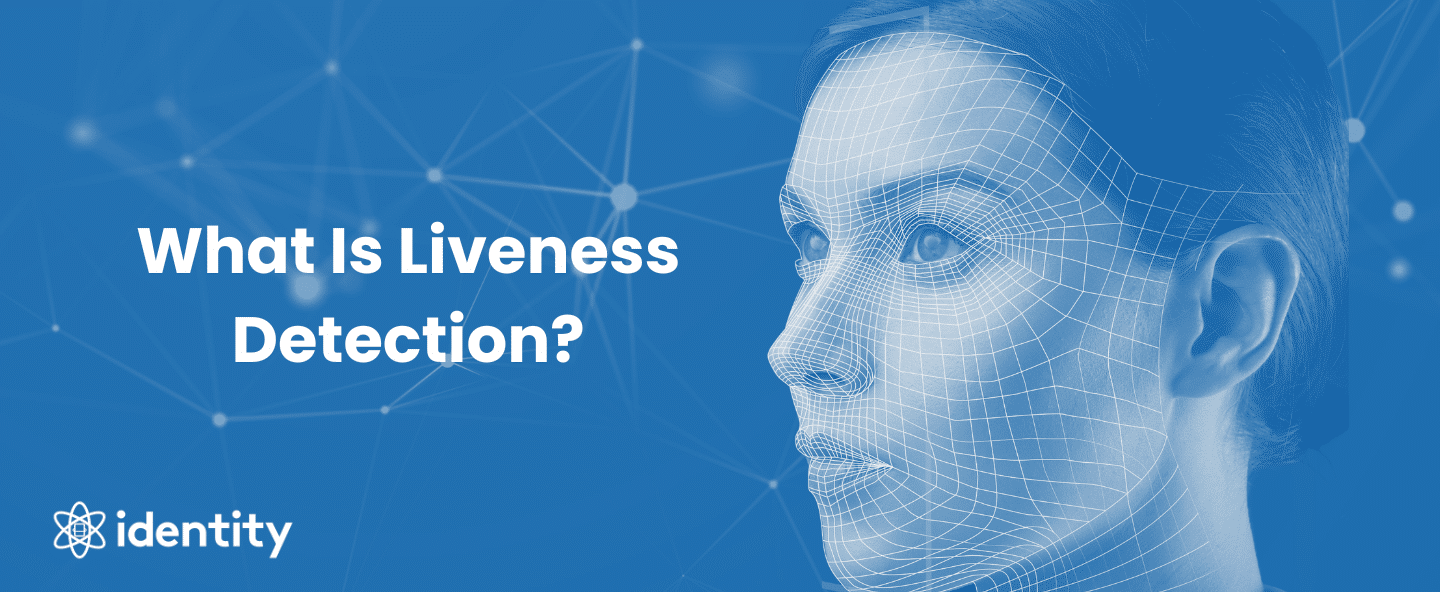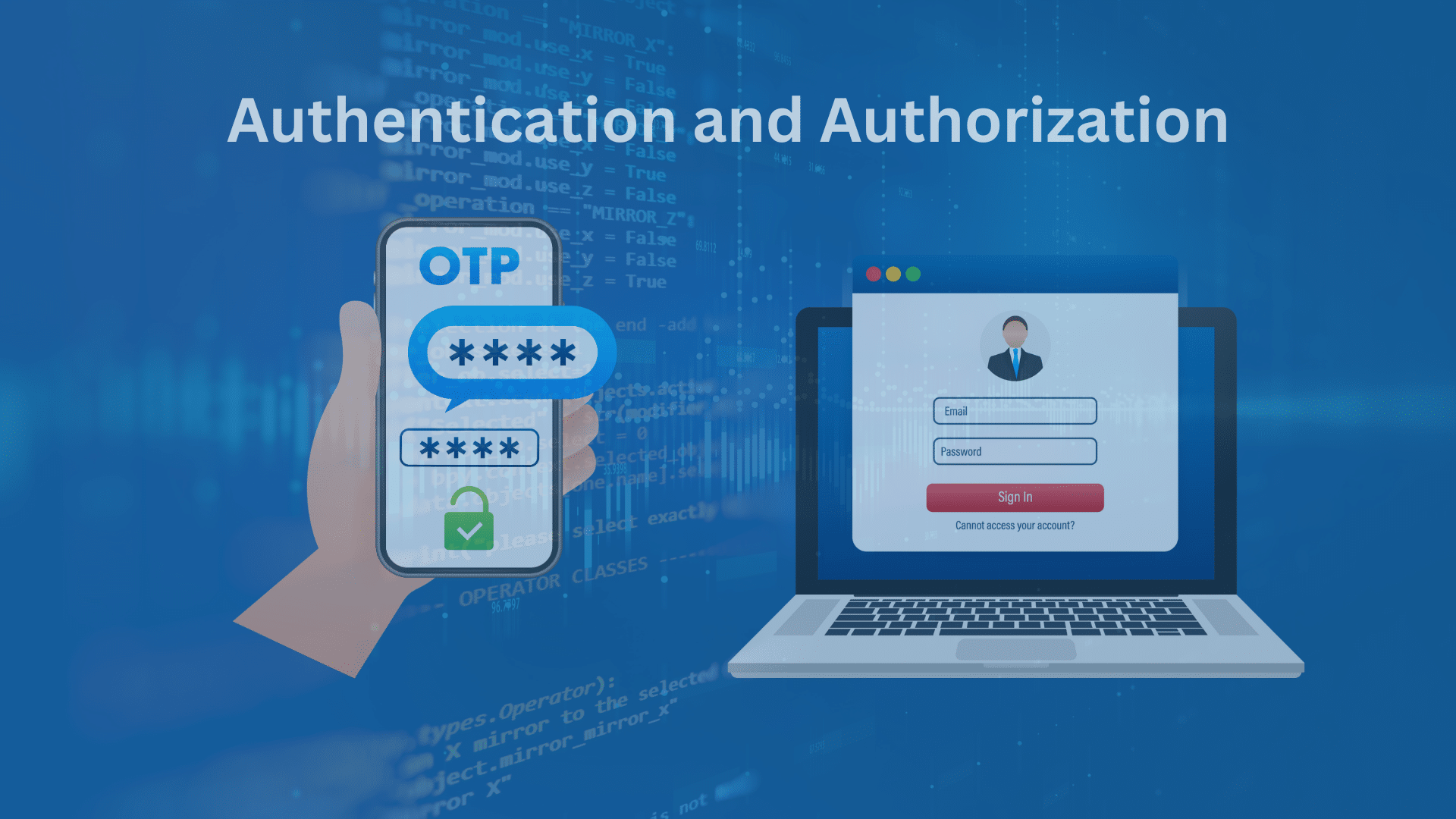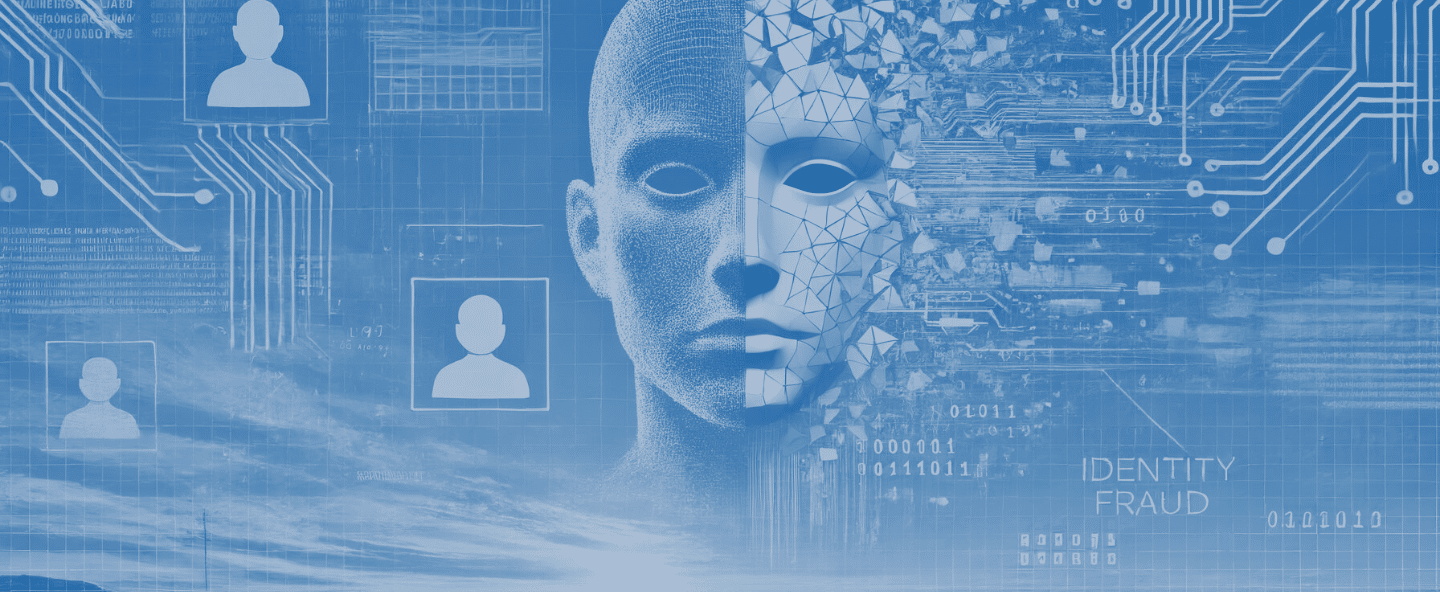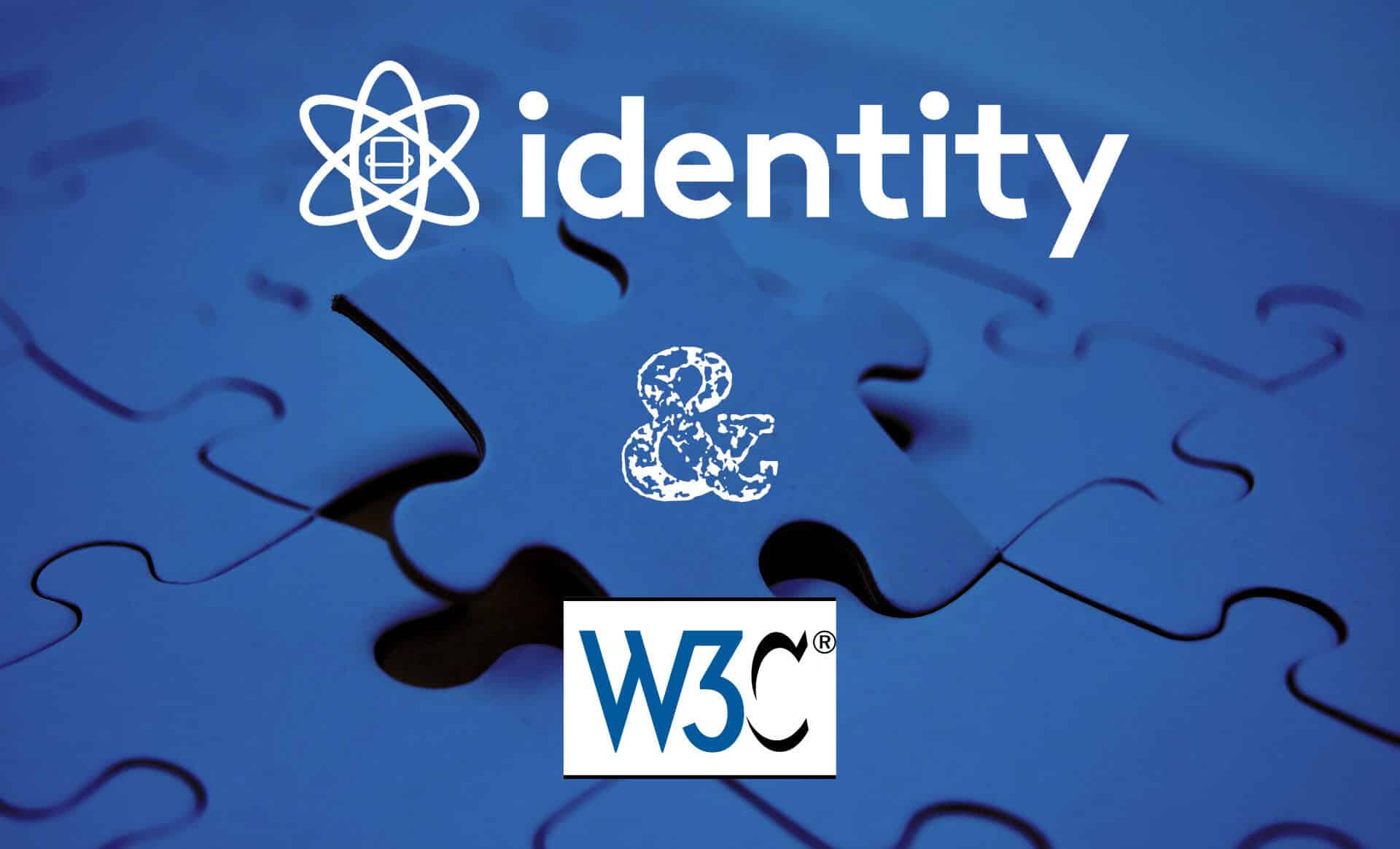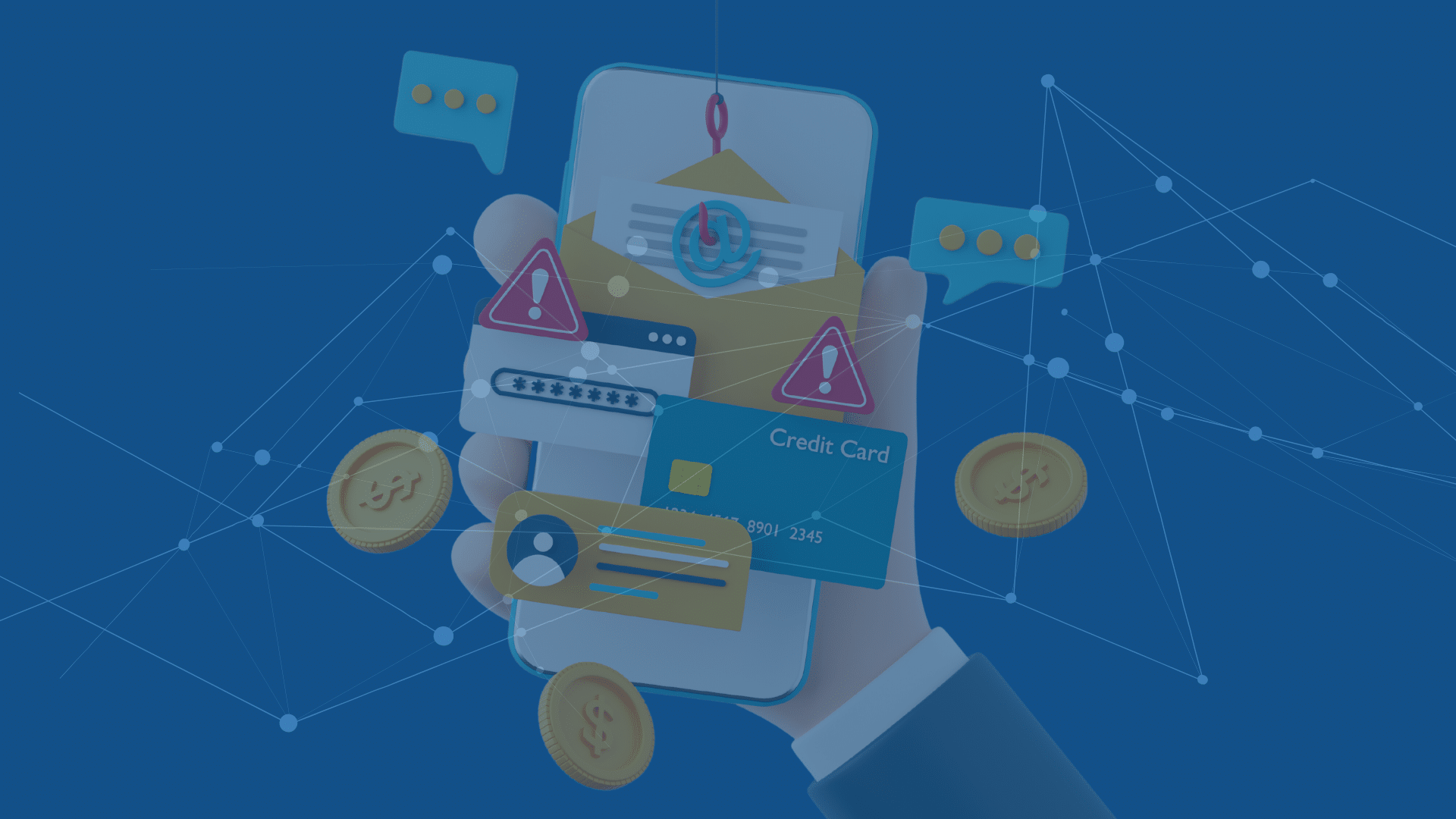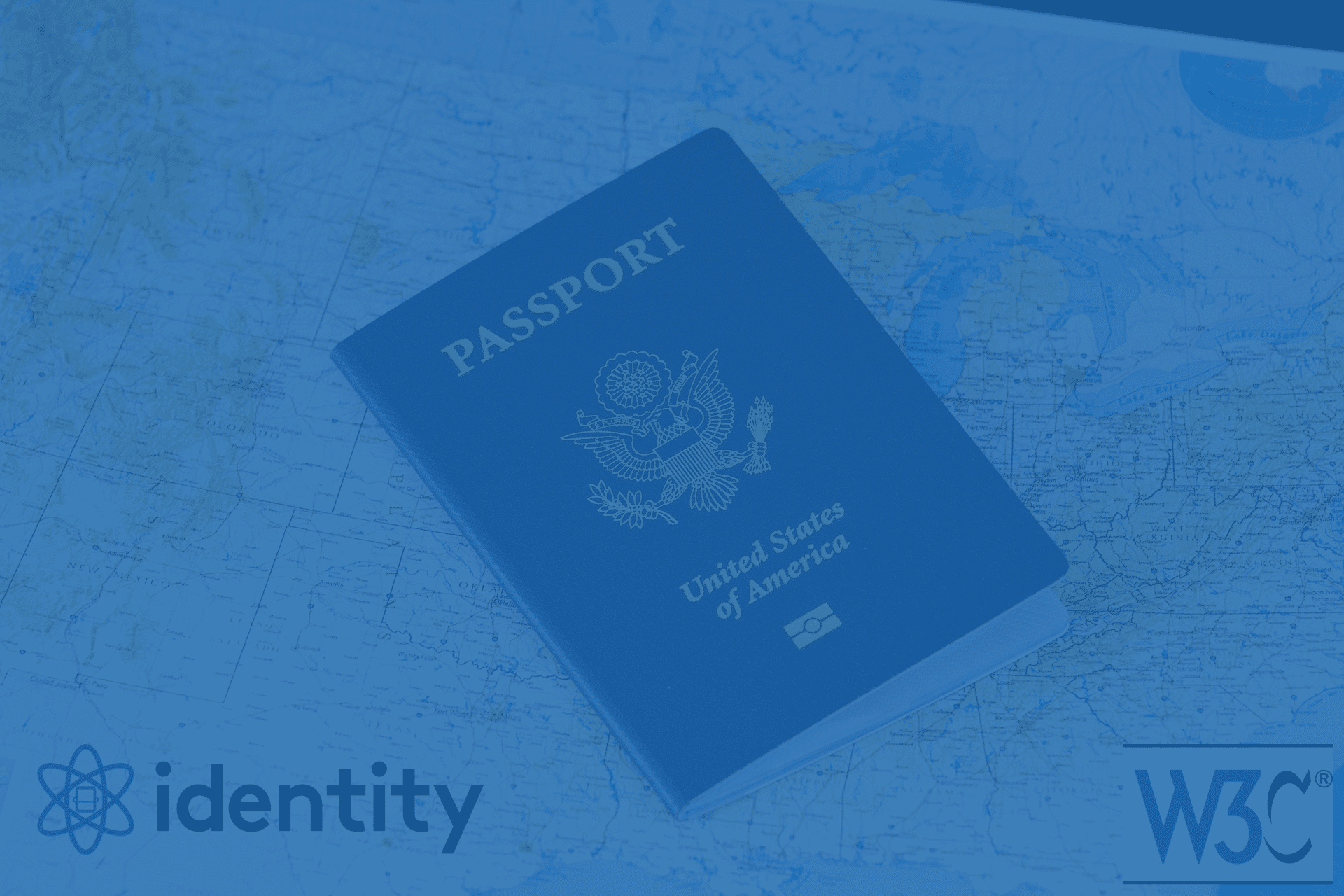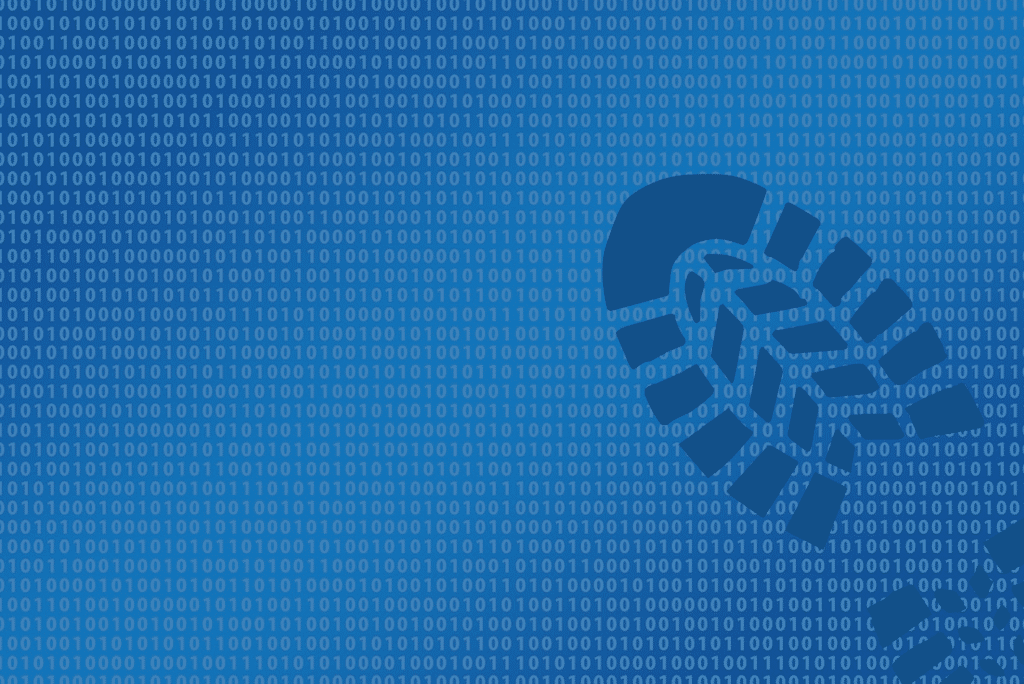Liveness detection is a security technology that ensures biometric data used in identity verification is coming from a live person, not a spoof like a photo, video, mask, or synthetic digital creation.| Identity
Authentication verifies a users' identity, while authorization determines what a verified user can access within a system.| Identity
Digital identity encompasses the collective data that defines us in the online space. This includes personal identifiers, behavioral data, biometrics, and digital credentials.| Identity
Synthetic identity fraud occurs when criminals exploit synthetic identities to commit various forms of financial fraud.| Identity
Explore key components of the IAM framework: Authentication, Authorization, Administration, Auditing, Reporting, and essential IAM tools.| Identity
Identity theft occurs when someone steals your personal information and uses it to commit crimes or make unauthorized purchases.| Identity
Cryptography is a security technique that uses mathematical algorithms to convert readable data into an unreadable format.| Identity
About Identity.com: Non-profit organization providing decentralized identity verification. Meet our team and learn more about us.| Identity
Identity.com joined the W3C to fight for the future of a user-centric web, empowering individuals with digital identity control.| Identity
KYC (Know Your Customer) is a regulatory process required by financial institutions and other organizations to verify the identities of their clients.| Identity
Digital identity verification is the process of confirming an individual’s identity online using advanced digital technologies and tools.| Identity
Blockchain technology is a decentralized, transparent, and tamper-proof digital ledger that securely records transactions and data.| Identity
Verifiable Credentials (VCs) are digital credentials that are cryptographically verified, enabling instant and secure identity verification.| Identity
Deecentralized identity is a secure, user-centric method for managing digital identities without relying on central authorities| Identity
Digital footprints refer to the trail of data that individuals leave behind when they interact with the internet or digital devices.| Identity
Biometric authentication is a method of verifying a person's identity based on their unique biological traits.| Identity
